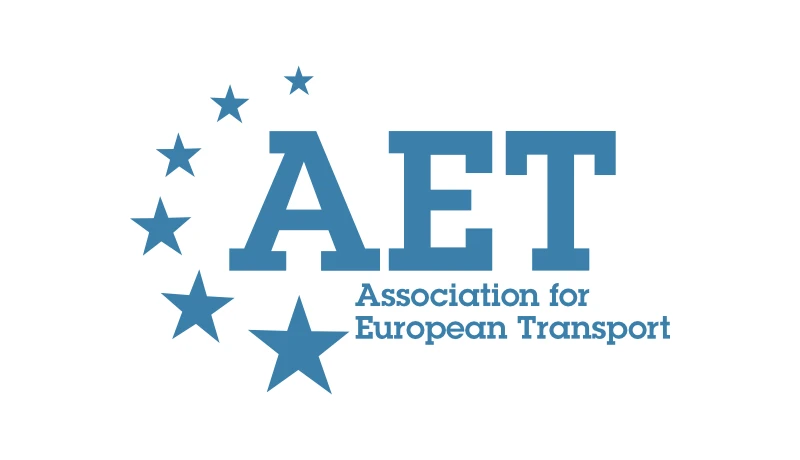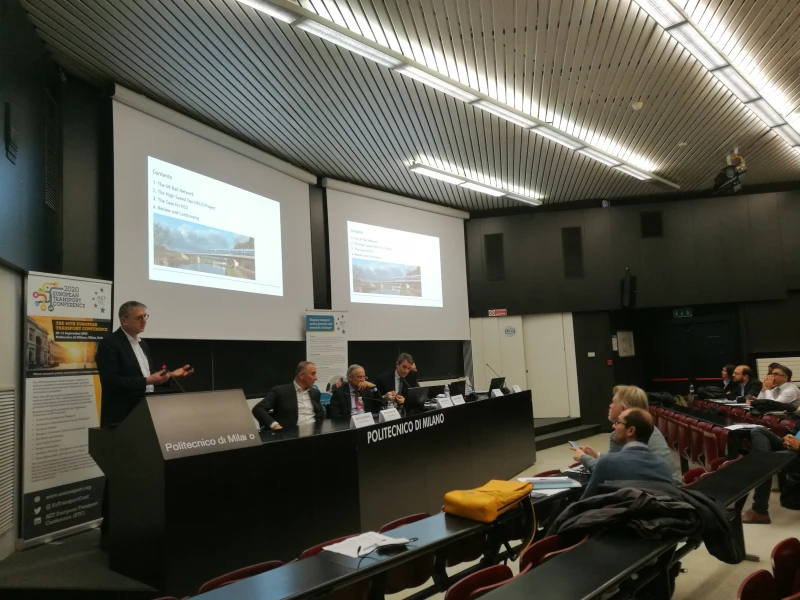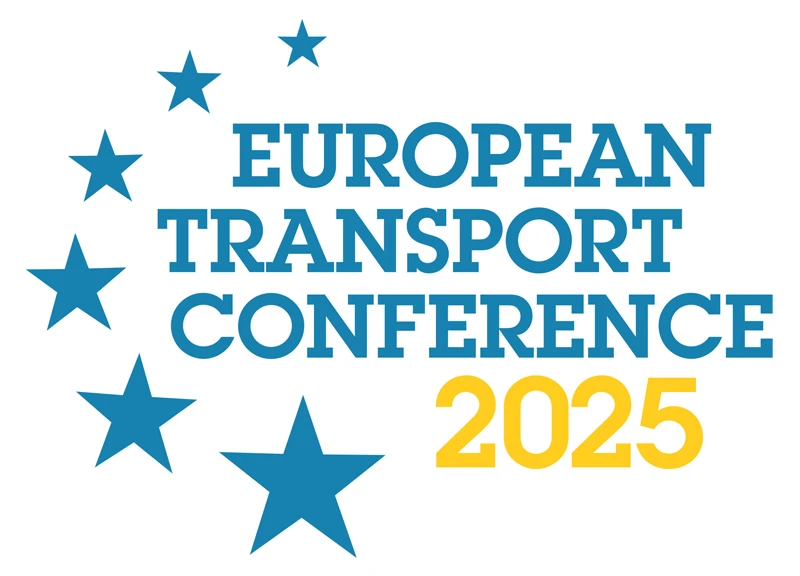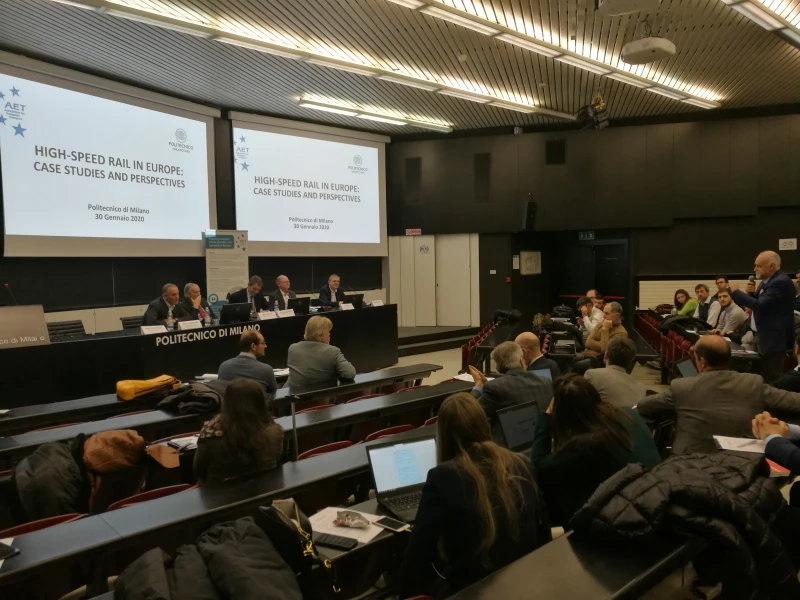-
Past ETC Papers
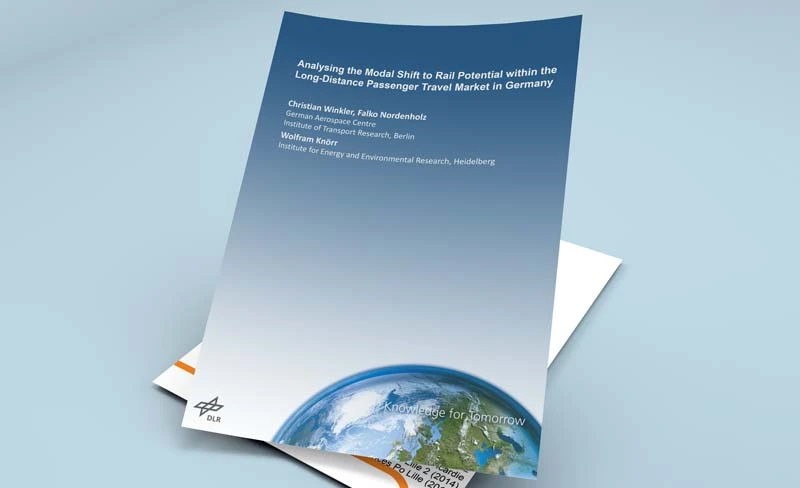
Browse, search and view papers from the past AET Conferences.
-
Members' Area
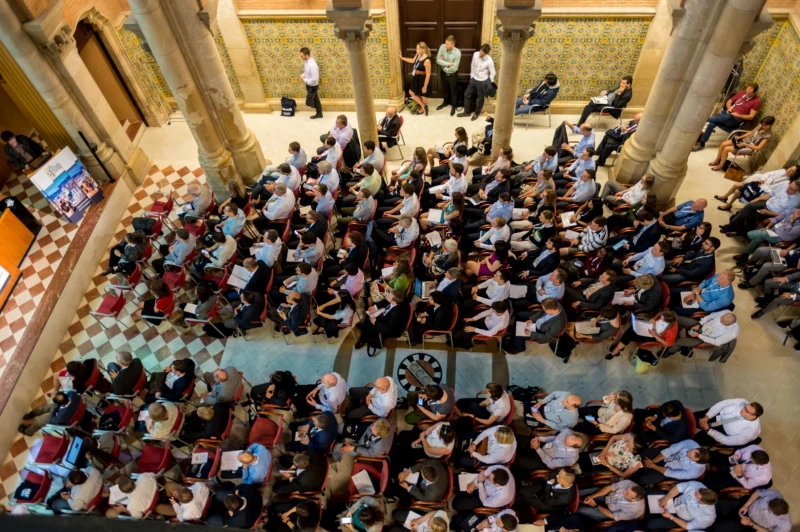
AET promotes networking and exchange of ideas, information and opportunities amongst members.
Conference Papers 2021
Online
ETC Conference Papers 2021
Simulation-Based Traffic Assessment of a Connected Automated Driving Function
Seminar
Day 2 (14 Sep 2021), Session 6, NEW MOBILITY, 16:00 - 18:00
Status
Accepted, documents submitted
Submitted by / Abstract owner
Marvin Vincent Baumann
Authors
Marvin V. Baumann, Institute for Transport Studies, Email: marvin.baumann@kit.edu, https://orcid.org/0000-0001-5952-7112
H. Sebastian Buck, Institute for Transport Studies, Email: sebastian.buck@kit.edu, https://orcid.org/0000-0002-2460-9510
Sofie Ehrhardt, Institute of Human and Industrial Engineering, Email: sofie.ehrhardt2@kit.edu, https://orcid.org/0000-0002-6779-3768
Masoud Roschani, Fraunhofer Institute of Optronics, System Technologies and Image Exploitation, Email: masoud.roschani@iosb.fraunhofer.de
Peter Vortisch, Institute for Transport Studies, Email: peter.vortisch@kit.edu, https://orcid.org/0000-0003-1647-2435
Short abstract
Development of a prediction and planning algorithm for a connected automated driving function to resolve the right of way in urban bottleneck situations and simulation-based traffic assessment of the algorithm using PTV Vissim.
Abstract
Once cooperative driving functions reach the market, the question arises how they affect traffic flow. Microscopic traffic flow simulations are a common tool to assess traffic flow of infrastructure facilities and can thus estimate the impact of cooperative automated vehicles (CAVs). Studies on the traffic impact of CAVs using microscopic traffic flow simulation are widely found in the literature, including evaluations of algorithms for cooperative adaptive cruise control (CACC) systems, platooning, speed harmonization on highways, or traffic light assistants. In this work, a yet unstudied cooperative assistant is examined which aims to resolve the right of way at urban bottleneck situations: If one lane on a two-lane road is blocked by a vehicle or by road works, vehicles have to pass on the oncoming lane. At higher traffic volumes, drivers on the blocked lane depend on oncoming drivers to stop and let them pass. Whether the introduction of CAVs will improve or hinder traffic flow in the described situation, and how sensitive these effects are to the penetration rate of CAVs, are key technical design questions.
We examined these questions in four steps:
1. Building a generic simulation model of such a bottleneck in PTV Vissim.
2. Collecting data in an online survey to calibrate accepted gaps of human drivers.
3. Developing a parametric prediction and planning algorithm for the CAV.
4. Performing a simulation study to assess the traffic flow impact for different penetration rates.
The simulation model was designed based on German guidelines for the setup of road workzones on two-lane roads. One lane is blocked over a section of 25 m and vehicles have to pass this section on the oncoming lane. The time gap acceptance and willingness to cooperate of human drivers has a decisive influence on the traffic flow in this situation and is a crucial parameter for the calibration of the simulation model. Since there are no reference values for the time gap acceptance and the cooperation at a described bottleneck in literature, an online survey was conducted in which participants were shown videos of various traffic situations and had to indicate their behavior in the shown situation. The videos were generated using the described simulation model in PTV Vissim.
The developed planning algorithm models other traffic participants as either compatible CAVs, or stochastic agents (typically humans), with two separate variables: Firstly, the probability of a “blocked” vehicle entering the bottleneck in spite of oncoming traffic; and secondly the probability of an oncoming vehicle stopping in front of the bottleneck to let the blocked vehicles pass. Here, a blocked CAV will only pass if an oncoming CAV yields the right of way. To strictly limit the disadvantages of such cooperation, any yielding CAV demands the confirmation of a second CAV on the blocked lane to stop the drain and return the right of way. If no such partner exists within a selected distance, CAVs on the free lane will not yield their right of way, to avoid unpredictable waiting times on their part and loss of owner acceptance for the assistant.
The simulation study reveals that a cooperative bottleneck assistant can provide a significant advantage at a penetration rate of around 40 %. A lower penetration rate results in a decreased traffic flow quality, since there are not enough CAVs available for leveraging the assistant and CAVs are not able to communicate with human drivers. Simulations for sensitivity analysis show that the results depend as much on the parameterization of the algorithm as on the behavior of the human drivers. Furthermore, simulations comparing this CAV function to the effect of a traffic light at the same bottleneck show a significant potential for optimizing the parametrization of the bottleneck assistant. Analogous to the capacity of a signalized intersection, which increases with a higher cycle time, the traffic flow quality at the bottleneck increases with the number of vehicles that can pass the bottleneck at once before the right-of-way is handed over, while frequent alternations add idle times for clearing the lane.
Future work must determine if potential users of a bottleneck assistant are willing to yield their right of way to increase the overall traffic flow quality. Furthermore, the cooperation behavior of human drivers should be investigated in more detail as the sensitivity analysis showed a significant dependency on the traffic effect of the bottleneck assistant. A better understanding of future traffic situations, including human traffic participants as well as possible incompatible CAVs, may thus be critical for designing cooperative planning algorithms.
Programme committee
Intelligent Mobility - Management and Operation
Documents:
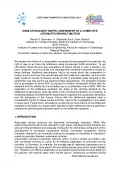
Association For
European Transport
Forester House
Doctors Lane
Henley-in-Arden
Warwickshire, UK
B95 5AW
+44 (0) 15 64 793552
VAT number: 710 1866 64
Conference Supporters & Endorsers




Legal Entity
The Association for European Transport is registered as an Association ('vereniging') with the Chamber of Commerce for Haaglanden in The Netherlands under company number 27170096.
Built on Zenario

